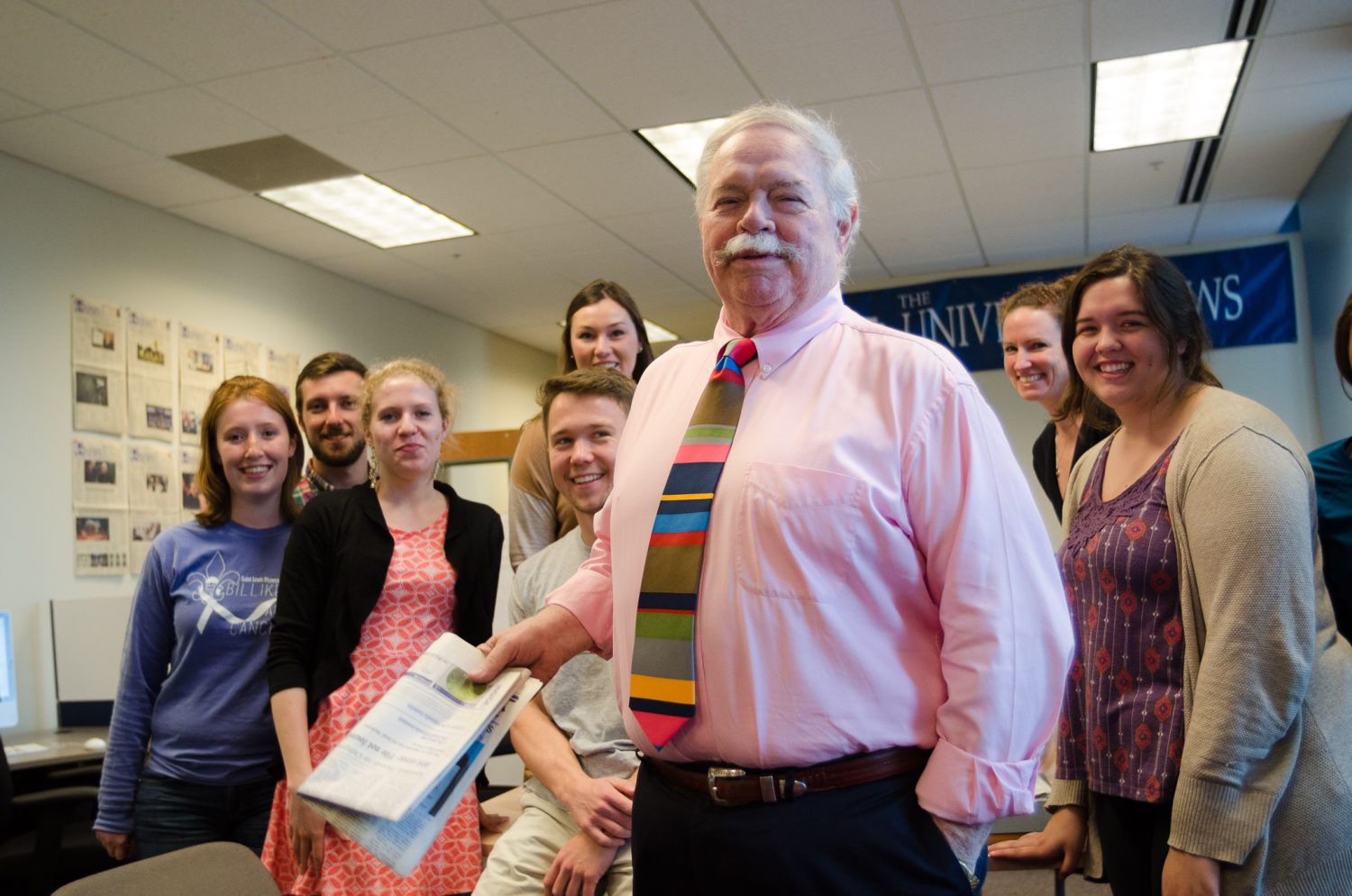Who would have thought that Missouri’s greatest history lesson could be learned from a bike?
The historic Katy Trail State Park, which spans 225 miles from Sedalia to Clinton, takes bikers, joggers and walkers alike along the former corridor of the Missouri-Kansas-Texas Railroad (better known as the Katy) past a collection of small railroad towns that were an essential part of the developing Missouri.
History of the Trail
The Katy Trail, managed by the Missouri Department of National Resources (DNR), is one of the longest rails-to-trails conversion projects in the nation.
Following World War II, the railroad industry began to decline, and in 1986-when the MKT Railroad filed to discontinue operation, then Governor Ashcroft introduced the concept of the rails-to-trails conversion to the state of Missouri.
In response to the Governor’s mandate, the DNR filed with the Interstate Commerce Commission for a certificate of interim trail use, under which they would be able to begin construction of what is known today as the Katy Trail.
The DNR’s request was met with some opposition by the landowners adjacent to the MKT Corridor; however, a similar case in Vermont, which was settled by the Supreme Court, gave the DNR the legal right to proceed with the development of the trail.
Construction was completed in phases, thanks to a $2.2 million donation from Edward D. “Ted” Jones. The first section of the trail opened in April of 1990 between Rocheport and Huntsdale-a distance of five miles.
Slightly more than a year later, in May, 67 miles of the trail were open to Missouri residents seeking outdoor recreation.
The flood of 1993 brought setbacks to the construction and destroyed much of the trail that had been previously completed.
In a phone interview, Wallace Keck, editor of the Katy Milepost, the newsletter of the Katy Trail volunteer program, remembers the floods: “The same thing the railroads were experiencing, so were we.”
Yet, unlike the railroad, the floods failed to bring an end to the development of the Katy Trail. In September of 1996, 185 miles of trail opened, from St. Charles to Sedalia. Another 40.5 miles opened five years later, between Sedalia and Clinton.
But the project is not complete yet. Ultimately, the DNR plans for the Katy Trail to extend farther east, another 12.5 miles from St. Charles to Machens.
Today the Katy Trail is the longest hiking and biking trail in the state.
Twenty-six official trailheads mark entrances for all the walks of life that are drawn to the trail. Since the DNR operates the Katy Trail, in addition to Missouri’s 78 other state parks, a volunteer program was started to maintain the trail and the safety of its visitors.
“The program was started to be our eyes and ears on the trail,” Keck said. The volunteer newsletter, the Katy Milepost, emerged as “the voice of what’s going on in the trail” and a way for volunteers to communicate with each other.
The park is managed in three sections: West, Mid and East, with five to six employees per section, making it difficult for the DNR to patrol all 225 miles of the trail.
Without the volunteer program, it would be hard to ensure visitors that they are “not all alone out there,” Keck said.
Clinton to St. Charles
With the first warm weekend of spring, Missourians head for the Katy Trail. Some of the trailheads, especially the popular ones, are even overflowing. The trail is packed “jogger to jogger, walker to walker,” Keck said.
Old railroad towns line the fine, crushed limestone trail every 10-15 miles. The towns once flourished along the MKT Railroad corridor. Their spacing, now ideal for the weary Katy Trail traveler seeking a cool drink, was initially intended to make the railroad more accessible for farmers hauling their products to market.
Today, many of the towns have marketed themselves along the trail by providing visitors with a place to stay or a cool place to get a bite to eat. As a result, the former train revenue of these small country towns has been replaced with tourist revenue.
But it is arguably the visitors, not the towns, that have benefited from the Katy Trail, for each offers a unique glimpse into Missouri’s heritage.
Whether it is the environment witnessed by the famous explorers Lewis and Clark, or the rich riverboat history of the Missouri River that brought pioneers to the frontier, these once-forgotten railroad towns highlight the past.
Sedalia, one of the Western-most trailheads, is home to the Missouri State Fair every August and is known for its well-preserved architectures.
Farther eastward on the trail lies Boonville, a small community where the first Civil War battle West of the Mississippi River occurred.
The Katy Trail is also home to the original burial place of famous explorer Daniel Boone and his wife, Rebecca, which is marked by a monument in Marthasville.
German emigrants from Philadelphia saw the Katy Trail as a “second fatherland” and a refuge for German heritage and tradition.
What remains today of the German presence in Missouri resides in the towns of Rhineland, Hermann and others, not to mention the German festivals held during the summer months.
Take a Ride on The Katy Trail
The annual bike tour Take a Ride on the Katy allows bicyclists to share the scenic ride with other enthusiasts.
Participants range in both age and experience, and the Ride is intended for bikers who want to start participating in bike tours. The ride covers approximately 242 miles of the trail beginning in Clinton and ending in St. Charles over a five-day period.
This year’s tour, which runs from June 18-22, is co-sponsored by the DNR and BicycleWORKS, a St. Louis program that uses the bicycle as a vehicle to teach youth responsibility and good work habits.
As part of their involvement with the Ride, BicycleWORKS sponsors the Katy Trail Kids Scholarship Fund, which enables a group of girls and boys to participate in the ride who might not normally be able to afford the registration fees and gear expenses.
Cindy Brown, a member of BicycleWORKS, explains the process of the applicants. The youths ranging in age from 12-17, submit an essay, their parent’s permission and a letter of recommendation from a teacher.
The youths who are selected then begin preparing for the ride in January.
Through BicycleWORKS, they learn how to care for their bikes, the rules of the road and participate in training rides, which begin at 10 miles and reach up to 40-45 miles.
“It takes a lot of coaching to get the kids ready. This year, the parents are totally supportive,” say Brown.
In June, eight youths will participate with 300 other riders. Brown is particularly excited that three of the eight are girls.
Information concerning registration for the Take a Ride on the Katy can be found on-line at the Katy Trail Web site: www.mostateparks.com/katytrail/2001ride.



